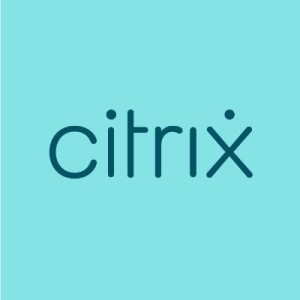Citrix XenServer is recognized for its user-friendly virtualization capabilities, facilitating dynamic scalability and efficient resource management. It supports a wide range of operating systems and integrates with Citrix solutions for improved operations. Businesses benefit from its affordability and ease of deployment. Despite its strengths, users seek improvements in third-party tool integration, network and backup management, and storage flexibility. High costs, limited Linux support, system complexity, technical support, and hardware compatibility remain challenges. An updated and intuitive interface is in demand for more seamless operations across platforms.
What are the key features of Citrix XenServer?
- User-Friendly Virtualization: Simplifies virtualization operations with efficient management tools.
- High Availability: Ensures continuous access to virtualized resources.
- Robust Security: Protects virtual environments with comprehensive security protocols.
- Seamless VM Migration: Facilitates easy migration of virtual machines across environments.
- Centralized Management: XenCenter provides centralized control for resource management.
- Dynamic Scalability: Supports scaling of resources as per business requirements.
- Real-Time Performance Monitoring: Enables monitoring and optimizing of system performance actively.
- Unlimited Virtual Machines: Offers the capacity for deploying numerous virtual machines without limitations.
What benefits and ROI can users expect?
- Cost Efficiency: Competitive pricing model reduces virtualization costs.
- Comprehensive Virtualization: Complete solution for desktop and server virtualization needs.
- Ease of Deployment: Quick and straightforward setup process minimizes downtime.
- Integration with Citrix Solutions: Enhances functionality with existing Citrix technologies.
In diverse industries, Citrix XenServer is leveraged for server and desktop virtualization, cloud automation, and infrastructure management. Many deploy it for virtual desktop infrastructure, application delivery, on-premises data centers, and to support Citrix application delivery like XenApp and XenDesktop. Enterprises migrating from VMware often find Citrix XenServer cost-efficient for these applications, serving as a main computing platform for enterprise applications including ERP systems and SQL Servers.
Citrix XenServer was previously known as Hypervisor.








What would a web-based management interface allow you to do that you cannot do as of now?